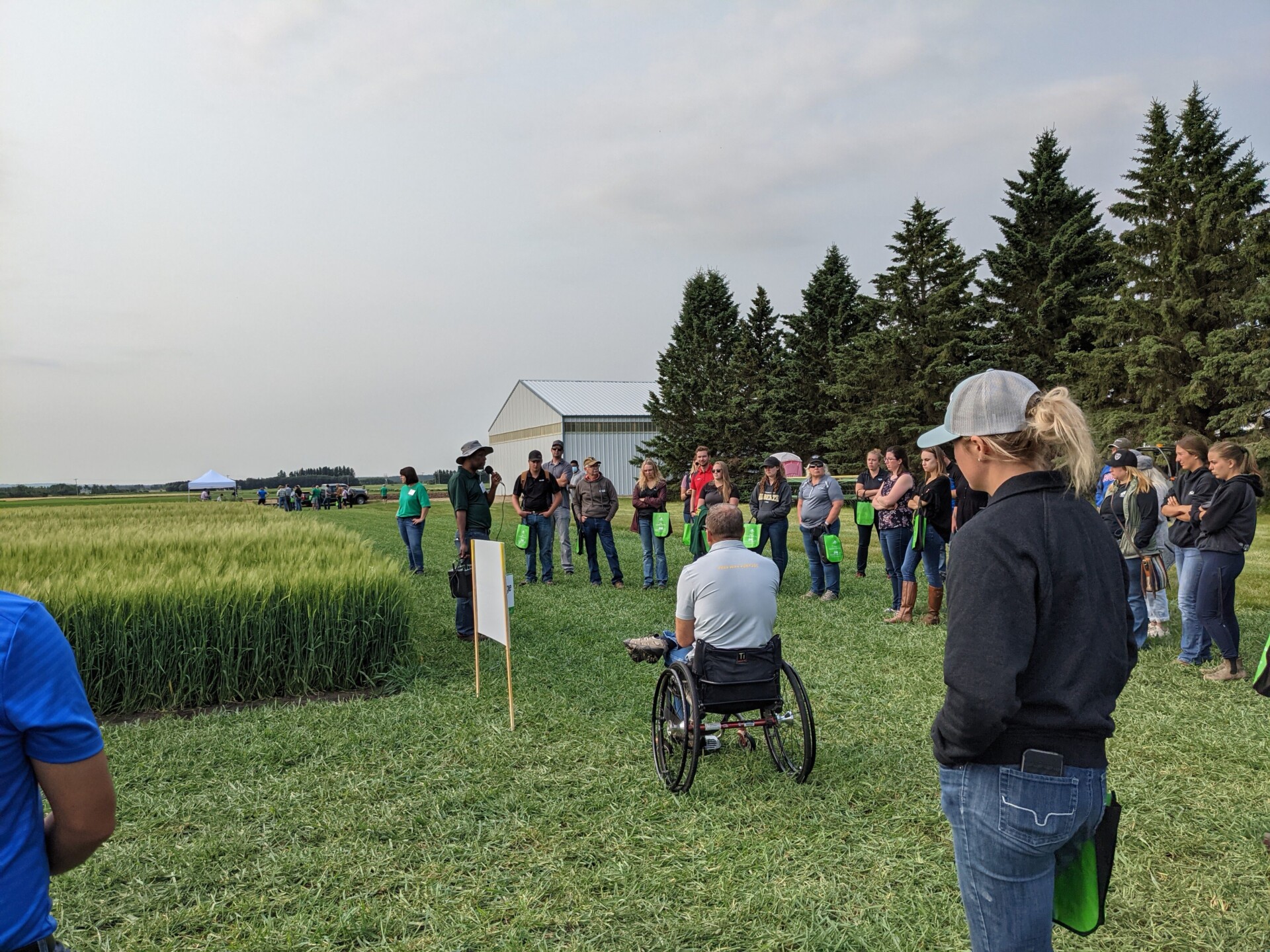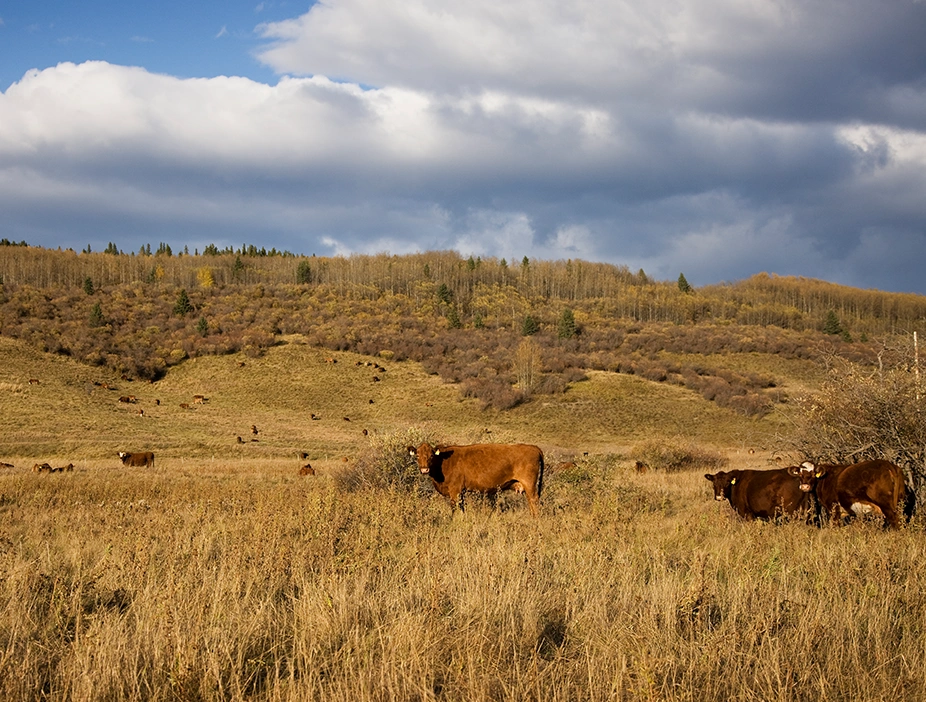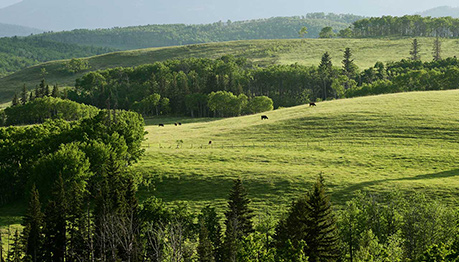Improving grazing capacity with bloat-free legumes
Including legumes in a pasture improves biodiversity, forage quality, forage yield, and soil nutrient status without having to apply extra nitrogen fertilizer. While alfalfa has long been the legume species of choice, concerns about bloat have often limited its inclusion into forage stands.
Started: 2015 | Completed: 2019
Best methods for pasture rejuvenation
There are several pasture rejuvenation options available to producers that are superior to break and reseed. Which method is right for you will depend on how depleted the pastures are in terms of soil nutrients, the ability to take on up-front capital costs, whether or not legumes are present in the stand, and whether the weather cooperates.
Started: 2016 | Completed: 2018
Winter hardy alfalfa
Current varieties of winter hardy alfalfa enter into dormancy in late summer and early fall, meaning that growth ceases during that time. While they are grazing tolerant and winter hardy, after the first graze or cut, regrowth does not occur to an extent that permits a second cut or more flexible grazing systems.
Completed: 2018
Rejuvenating sainfoin in existing alfalfa and grass pastures
Despite the high nutritive value and yield of alfalfa, it cannot generally be used in pure stands due to risk of bloating. Legumes that contain tannins, like sainfoin and birdsfoot trefoil protect against bloating, but use of sainfoin has traditionally been limited due to the lower forage yields and slow establishment of older varieties.
Started: 2016 | Completed: 2018
Quantifying yield and quality of perennial varieties and mixtures
Producers are increasingly interested about perennial forage varieties and mixtures. While some yield and agronomic data may be available on these varieties from seed companies, regional data specific to soil type and growing conditions has been limited due to very little participation in the Western Forage Variety Testing System in recent years.
Started: 2016 | Completed: 2018
Selection of annual forage wheat lines for yield and quality
Until very recently, regulatory requirements did not allow for the registration and release of forage wheat varieties. Crops like barley, oats, and triticale were not subject to those same requirements, and have had some forage-specific varieties released over the years, but there are no forage-specific varieties of wheat in Canada.
Started: 2015 | Completed: 2018
Showing 61-72 of 118



